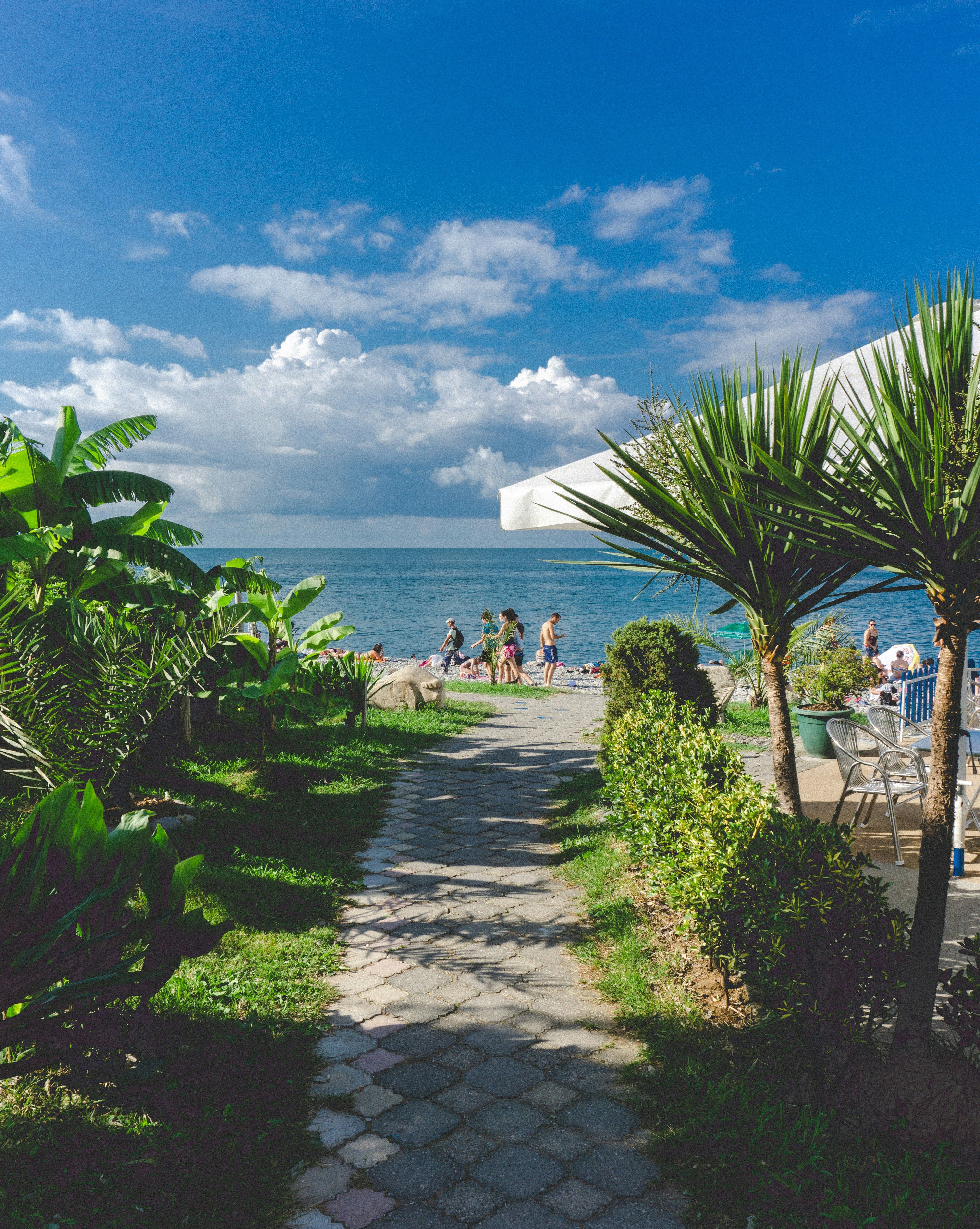The Importance of Antenna Positioning in Outdoor Radios
Using outdoor radio equipment and gateways to establish robust and efficient Internet of Things (IoT) networks may seem straightforward, with devices featuring radio frequency (RF) connectors and antennas on exposed surfaces. However, this design approach presents several potential issues that could impact performance over time.
Insights from the LinkedIn community shed light on the drawbacks of placing RF connectors and antennas on the top or side surfaces of outdoor radio equipment. Here, we outline the reasons to avoid this design choice.
Mechanical Problems
One of the primary issues associated with mounting RF connectors and antennas on the top or side surfaces lies in the risk of mechanical problems. Over time, such issues can lead to performance deterioration, making early detection and resolution challenging.
Water Ingress
positioned on the top or side surfaces can lead to moisture and water infiltration. Even minor water exposure can cause corrosion or short circuits, threatening the power amplifier and crucial components.
This water ingress can impact RF match, degrading return loss or voltage standing wave ratio (VSWR), corroding connections, causing lightning damage, reducing receive (Rx) sensitivity, and increasing intermodulation or mixing products.
Wind Load
Exposed outdoor spaces are subject to strong winds, which pose a challenge for devices with RF connectors and antennas on the top or sides. Over time, wind can compromise connector integrity, leading to water infiltration, performance reduction, and increased risk of damage.
Snow and Ice Build-up
In zones with regular snow and ice accumulation, antennas on the top or side surfaces may lead to additional challenges. Snow and ice build-up can put extra strain on the connectors, enclosures, and seals, potentially causing damage, corrosion, or compromising the IP rating.
Performance Degradation
Avoiding RF connectors and antennas on the top and sides of outdoor radio equipment is also essential for maintaining optimal radio performance, directly affecting the reliability and efficiency of the IoT network.
Signal Interference
Mounting RF connectors and antennas on the top or side surfaces may result in increased signal interference. Proximity to other components and structures can introduce interference, degrading signal clarity and strength, leading to poor connectivity and unreliable data transmission.
Blocked Radiation Patterns
Top or side-mounted antennas can also block the desired radiation pattern direction, leading to ineffective signal propagation and reduced coverage, limiting the IoT network's reach and performance.
Limited Testing and Detection
The placement of RF connectors and antennas on the top or side surfaces makes it difficult to test and identify performance issues. Inaccessible components in a sealed enclosure can complicate early identification and resolution of problems, potentially leading to extended periods of reduced performance or complete failure.
Industry Standards
To underscore the importance of proper design and placement, we should look at industry standards. Tier 1 base station manufacturers, such as Ericsson, Nokia, Huawei, Samsung, and several Tier 2 manufacturers, generally avoid placing RF connectors on the top surfaces of their 2G-5G base stations.
This practice stems from an awareness of the issues that arise from top-mounted RF connectors, as well as the costly consequences they can impose. Base stations with RF connectors on the top surface in the early 2000s were quickly replaced due to the reasons mentioned earlier.
In conclusion, it is clear that outdoor radio equipment and gateways with RF connectors and antennas on the top or side surfaces should be avoided. The mechanical issues, performance degradation, and industry best practices highlight the importance of adopting well-designed enclosures tailored to radio and gateway requirements for low-cost, reliable, and high-performance IoT networks. Reach out to our experts to learn more about optimizing your outdoor radio equipment.
- Mechanical problems, such as water ingress and wind load, can lead to performance deterioration when RF connectors and antennas are mounted on the top or side surfaces of outdoor radio equipment, making early detection and resolution challenging.
- Proper design and placement are crucial for the reliability and efficiency of IoT networks, as industry standards advise against mounting RF connectors and antennas on the top surfaces of base stations, owing to performance issues and costly consequences.




